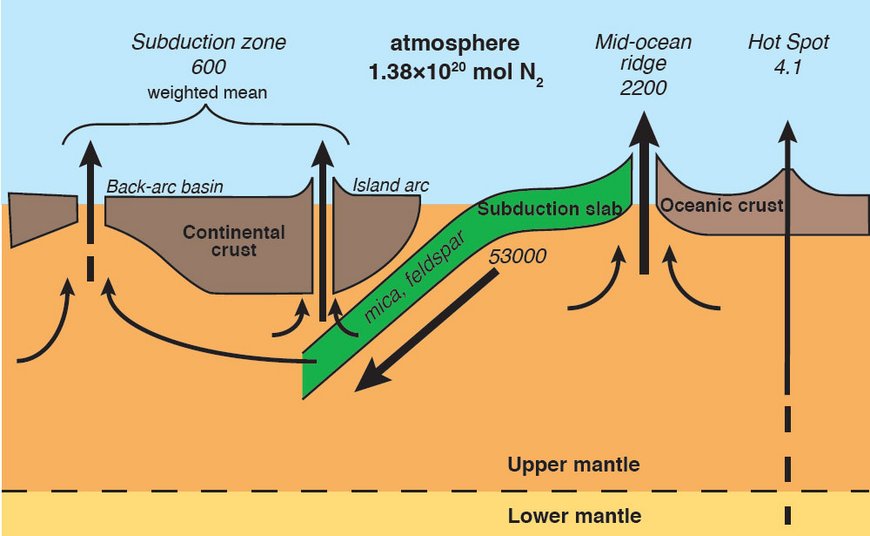Topics
Properties of Geomaterials
The understanding of geodynamic processes and the underlying mechanisms is one of the present challenges in geosciences. In this context, volcanic activities, magmatic and metamorphic evolutions, fluid-rock-interactions, and material cycles are of special interest. For the detailed interpretation of geophysical, geochemical, petrological and petrophysical observations, which should lead to the understanding of the driving forces behind plate tectonics, the thermodynamic, thermal transport and the material transfer properties are required. This leads to the task of determining the structural, physical, chemical, and physicochemical properties of geomaterials. Therefore, we perform in-situ-experiments and study the thermodynamic properties, structural variations, elastic properties, thermal transport and electrical properties of rock-forming minerals, phase assemblages, natural rocks and complex fluids. Besides advanced experimental equipment for synthesizing the geomaterials a large set of analytical and physical tools is used to characterize the phases and to measure their properties.
We use our experimental and analytical equipment also to synthesize and characterize New Materials (e. g. Serghiou, G. et al. (2014): Dense SixGe1-x(0<x<1) Materials Landscape Using Extreme Conditions and Precession Electron Diffraction. - Inorganic Chemistry, 53, 11, p. 5656-5662).
Geochemical Cycles
One of the fundamental tasks of Geosciences is to elucidate the transport and transformation of material through the various reservoirs of the dynamic, evolving Earth system. Of particular interest is an understanding of the processes at active plate margins, which include transport of fluids, melts and solid materials. The most important global geomaterial cycles are connected with material fluxes at mid-ocean ridges and subduction zones. The interaction of solid geomaterial with melts and fluids in these tectonic environments are the primary mechanisms for material exchange between the deep Earth, lithosphere, hydrosphere and atmosphere. Hence, for a rigorous description of geochemical cycles and to understand the rules governing these exchanges, data on the distribution of elements and isotopes between coexisting minerals, fluids, and melts are a prerequisite. These physicochemical properties are determined in various projects in co-operation with other groups at the GFZ and (inter)national partners. Our approach is to integrate the experimental investigations with field-studies and numerical simulations.



